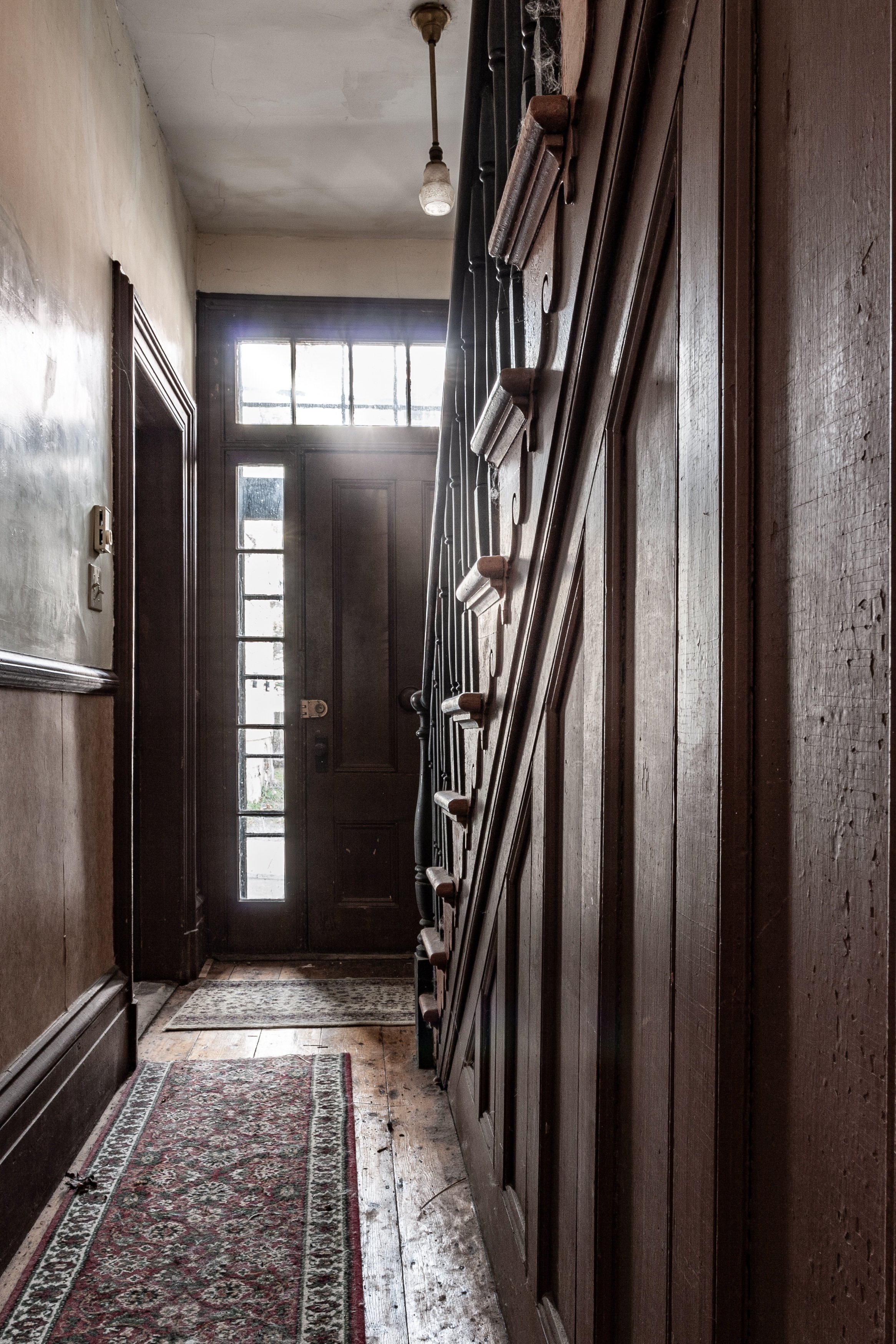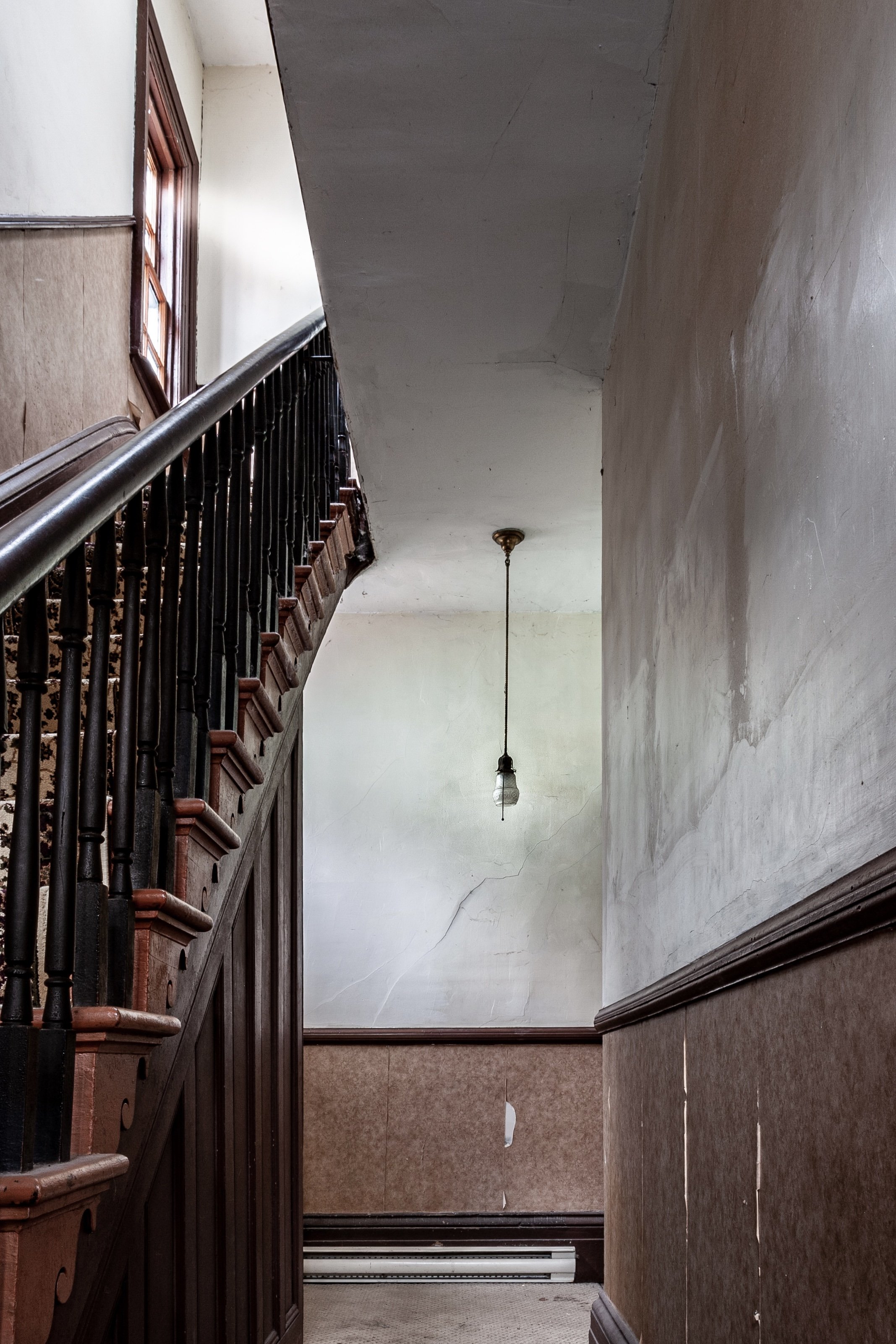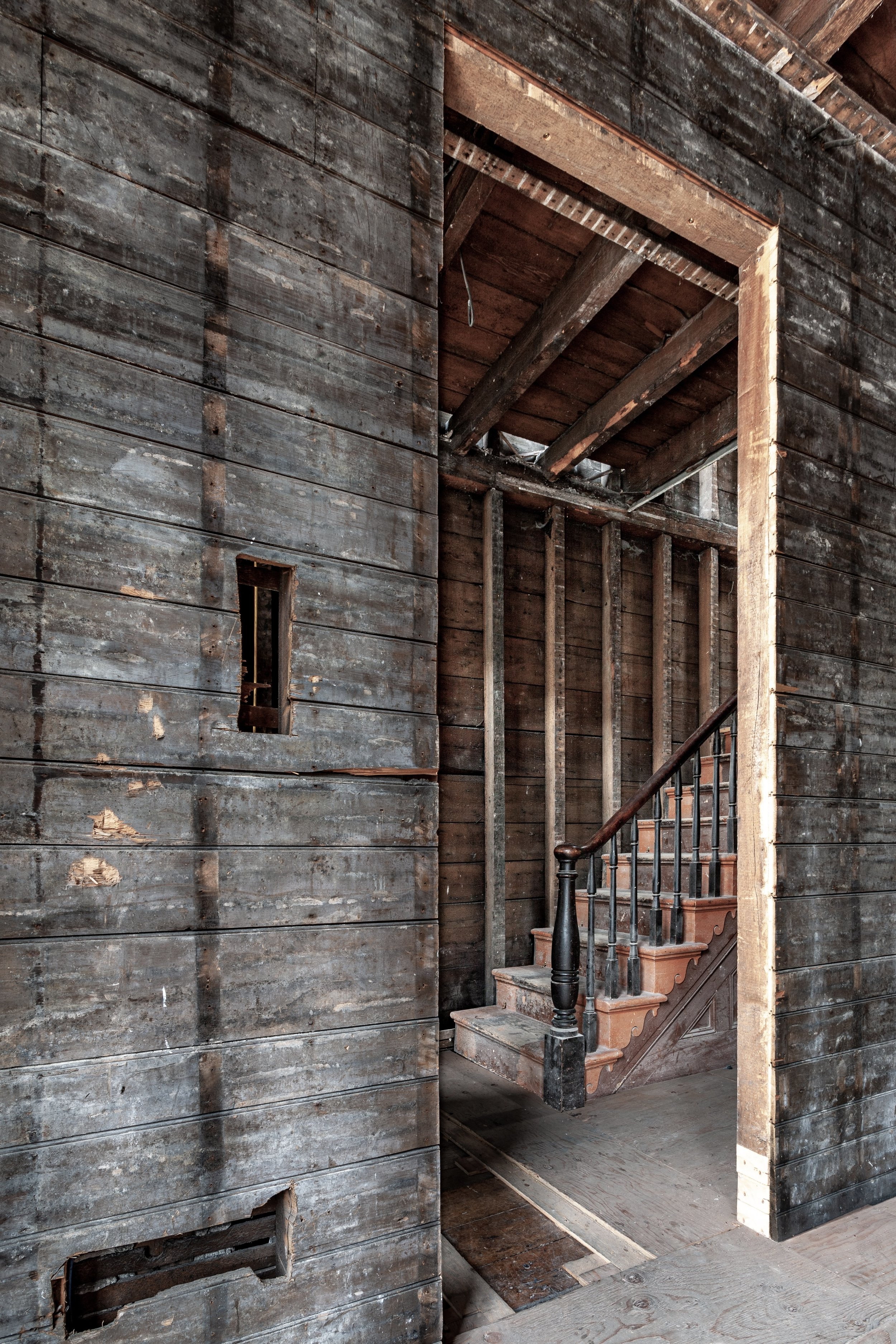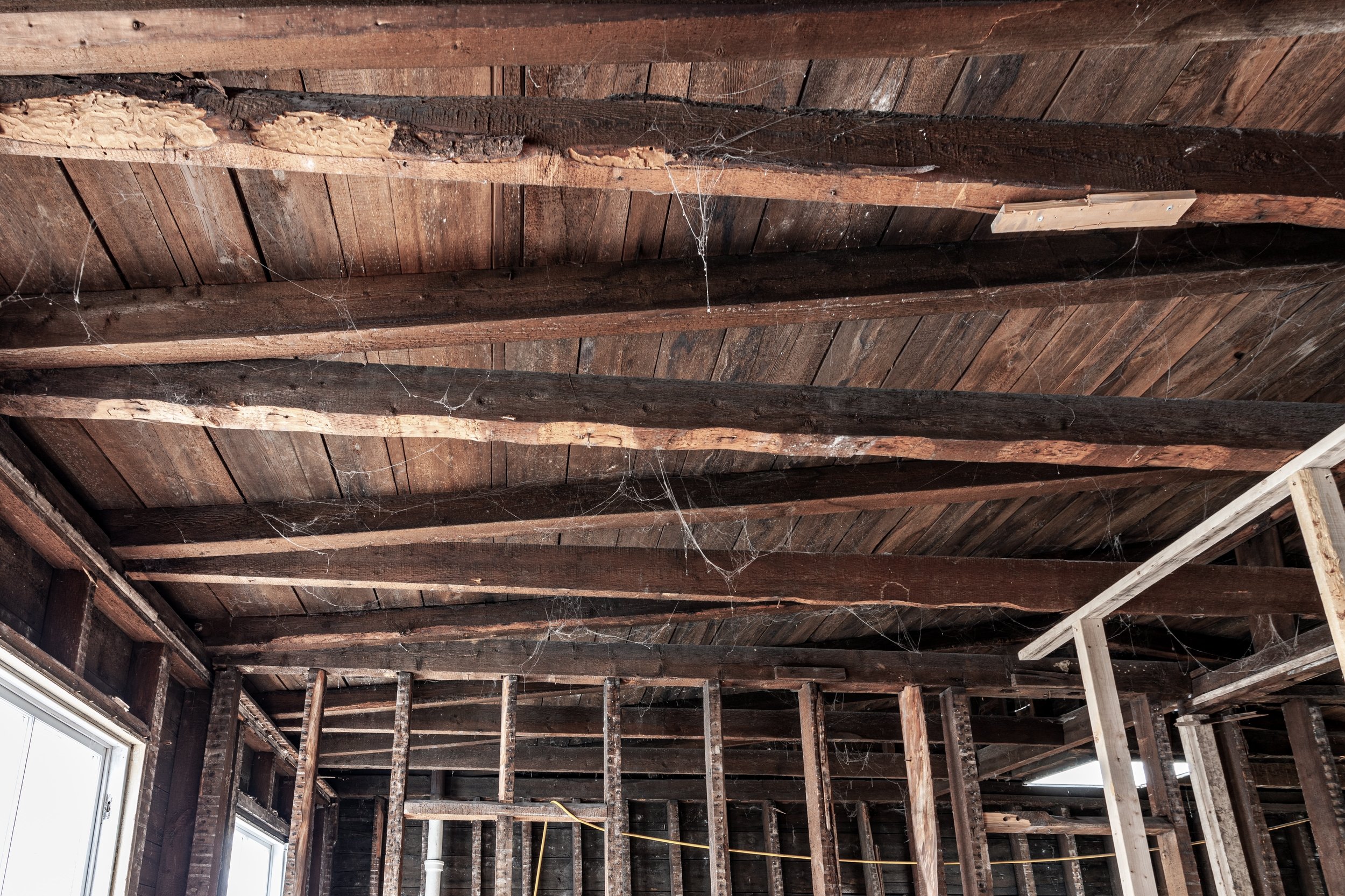
Falkland Street Passive House Retrofit
Nova Scotia’s First Passive House Retrofit (EnerPHit) Project
Achieving the municipal target of net-zero emissions by 2050 relies, in part, on retrofitting just over 5,000 buildings per year from 2021 to 2040 (HalifACT: Acting on Climate Together: 2020-21 Annual Report, 2020, p.13).
The Falkland Street Retrofit Project involves the conversion of a two-storey 1850s home at 5522 Falkland Street into office space for the Habit Studio team. This project was made possible in part thanks to the support of our strategic partner, Efficiency One. Read their report on Deep Energy Retrofits in Nova Scotia to learn more about their work in this area.
Passive House is a high-performance building standard that strives for low carbon, energy efficient buildings. It is undoubtedly the world’s leading energy efficiency standard. Passive House Institute’s EnerPHit standard is tailored for the renovation of older homes.





















Main Floor
Second Floor
Existing Structure
1850s house
1800 ft2 (plus 600 ft2 stone cellar)
timber frame structure
fieldstone foundation
uninsulated
single-pane wood windows
party wall
air leakage at 24 air changes per hour (ACH)
energy consumption of 352 GJ/year
heating demand 601 kWh/m2.yr
total energy demand 641 kWh/m2.yr
rated GHG emissions of 72.4 kgCO2e per year
embodied carbon calculated at ~25,000 kgCO2e
Post Retrofit
effective R values - walls R-24, roof R-65, floors R-24
triple-pane passive house windows by Vetta
heat pumps for heating and cooling
high efficiency ERV
1 air change per hour (ACH)
energy consumption forecast to be 42 GJ/year
heating demand 56 kWh/m2.yr
total energy demand 93 kWh/m2.yr
net embodied carbon estimated at 6,428 kgCO2e
heating energy savings reduced 92%
total energy use reduced 87%
GHG emissions reduced 88% per year
Total Cost of Building Ownership
The Total Cost of Building Ownership (TCBO) includes the cost of significant expenses, such as utilities, carbon tax, property tax, maintenance, maintenance capital, insurance and interest, over the remaining useful life of the building, typically 60 years.
A study, conducted by SEEFAR Building Analytics, examined the financial and energy aspects of the existing Falkland Street building, comparing a code-minimum retrofit, a Passive House retrofit, and a code-minimum new build.
The result? The Passive House retrofit undertaken at Falkland has a 60-year TCBO savings of $324,000 compared to a code-minimum retrofit, and $636,000 compared to a code-minimum new build.
By SEEFAR Building Analytics
Habit’s New Home Video Series
In partnership with our sponsors, Habit Studio will soon launch a 6-part video series showcasing the design and construction processes, the innovative products used to bring this passive house retrofit project to life, and the experts behind these transformations.
More details to come!
Contact Us
Do you have questions about our Falkland Street Retrofit Project? We’d love to hear from you. A member of our team will respond shortly.
Project made possible in part thanks to the support of our strategic partner, Efficiency One.









